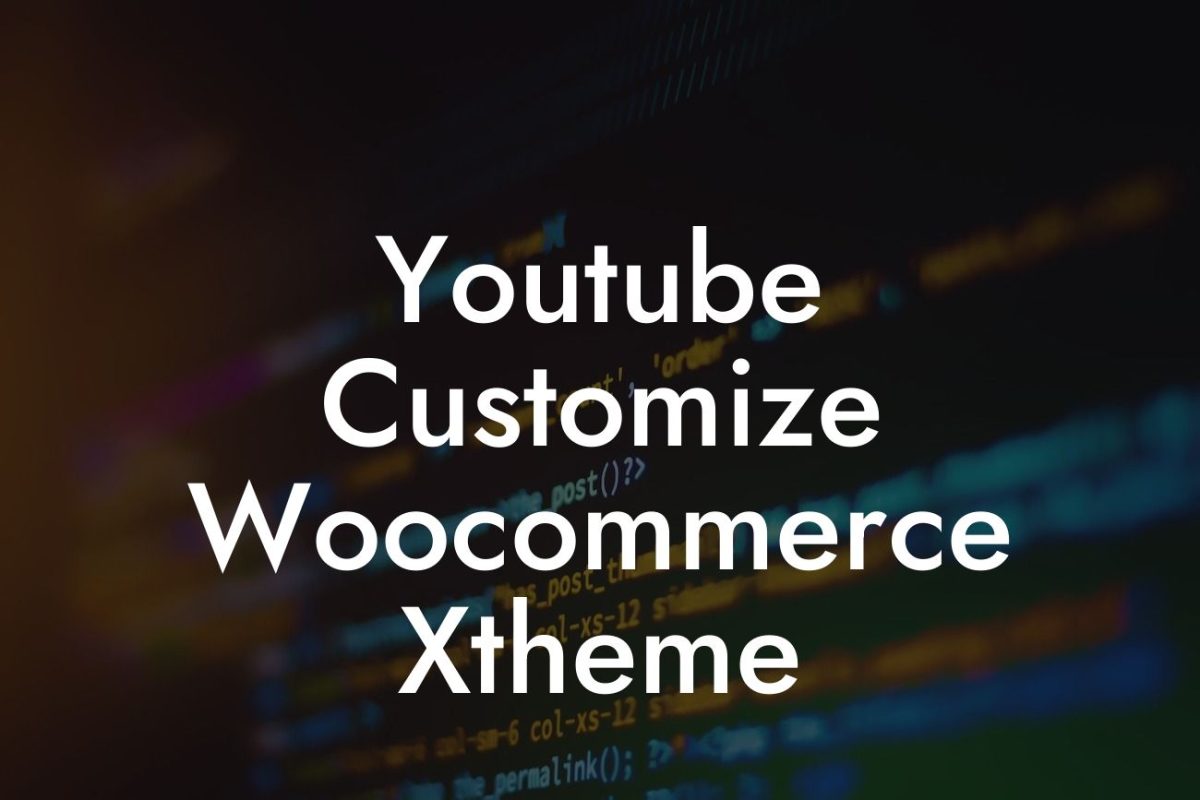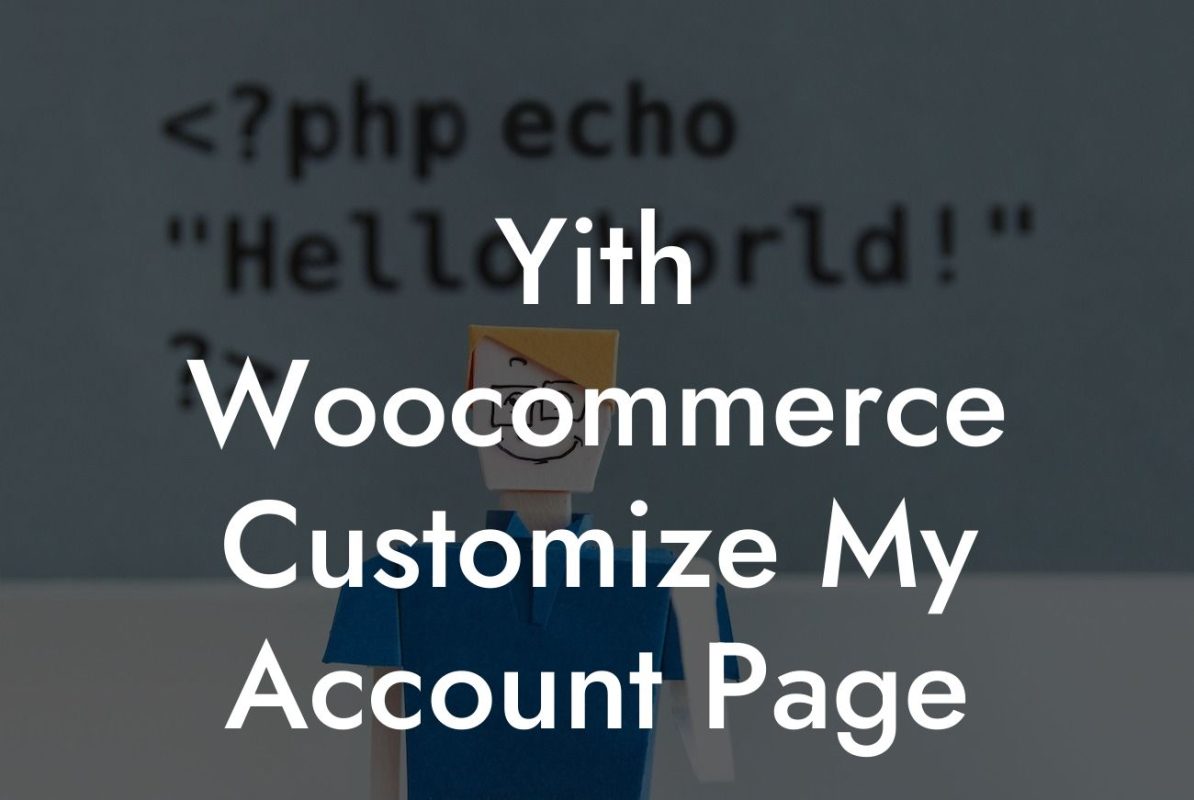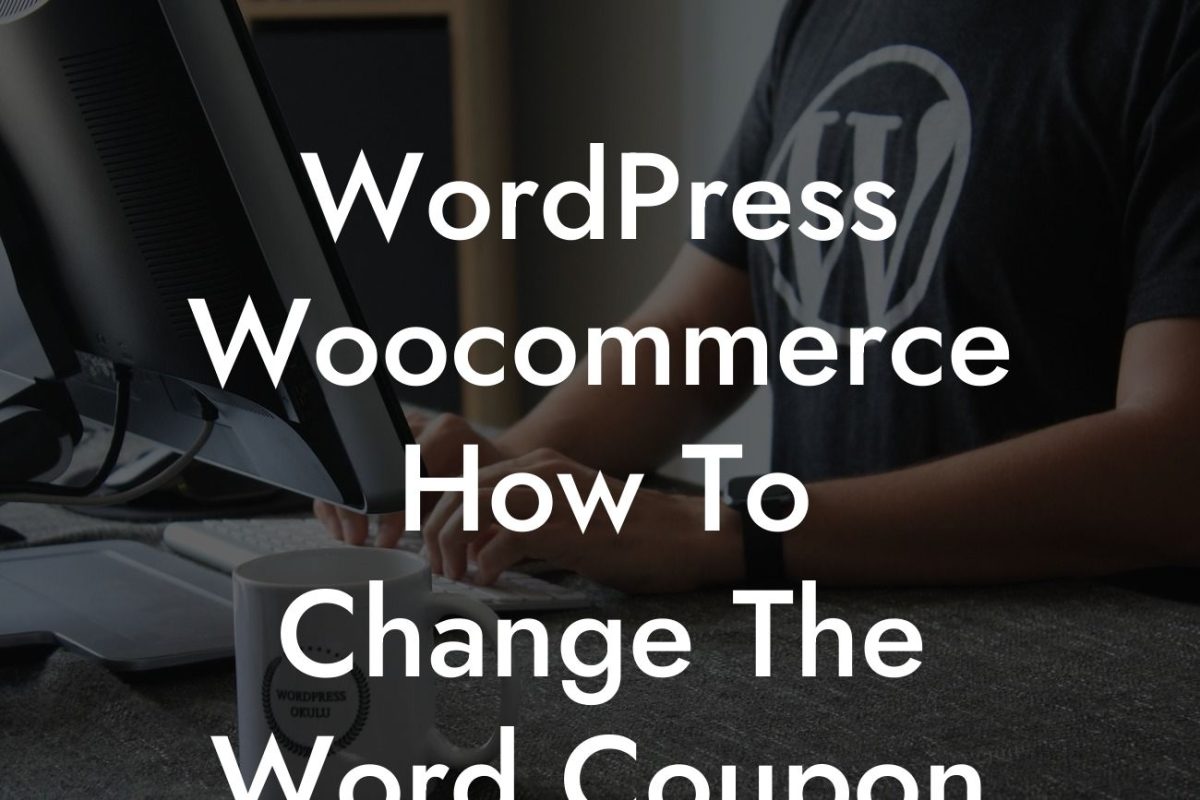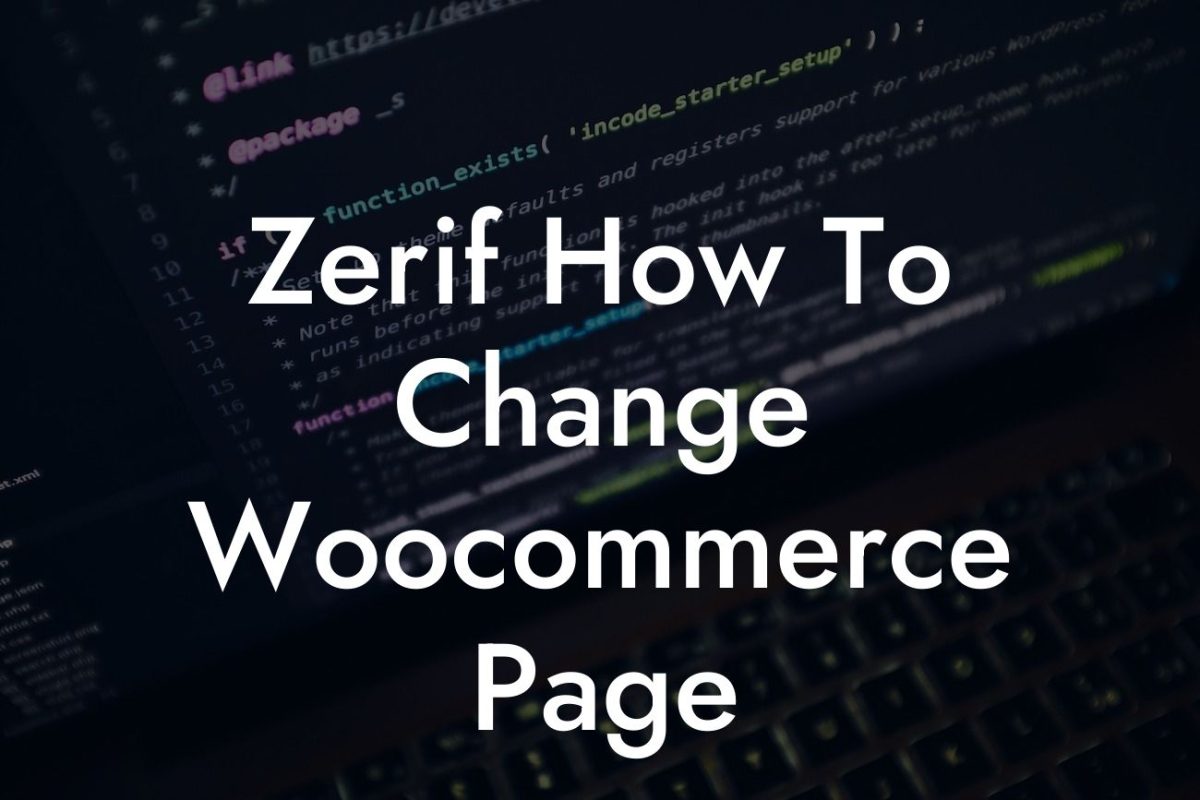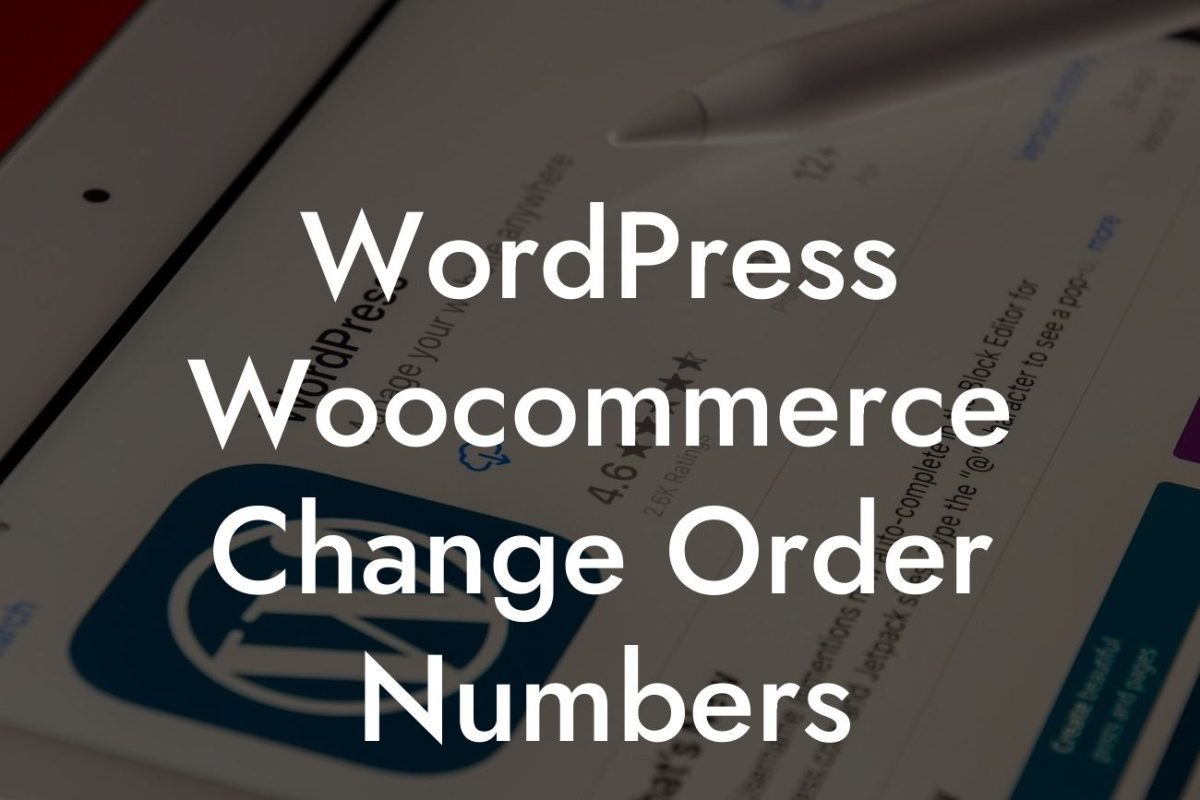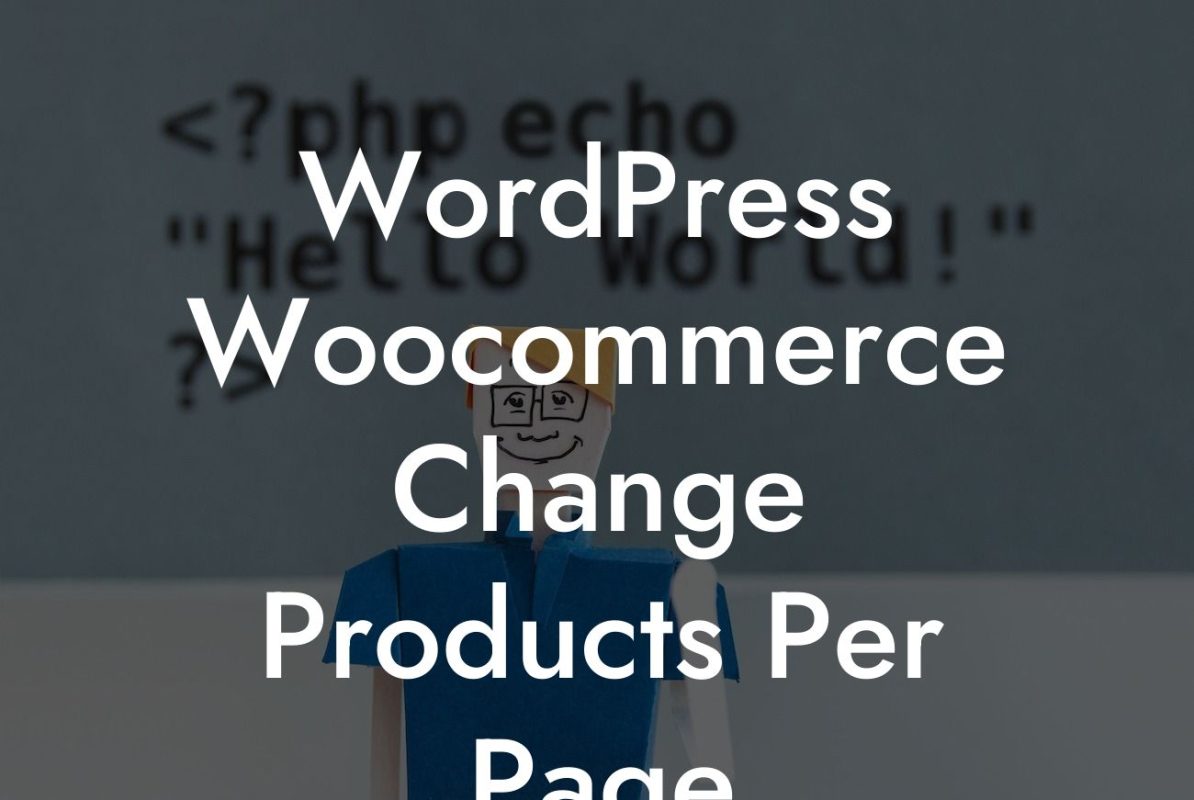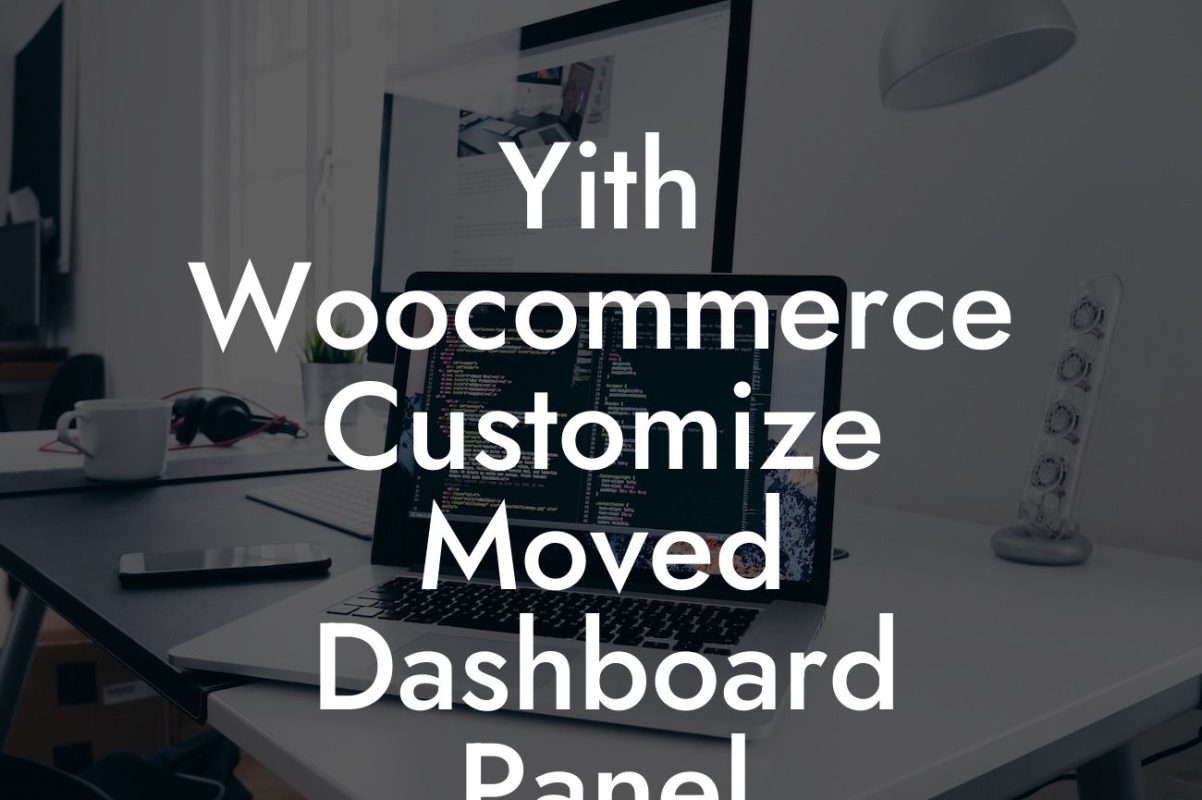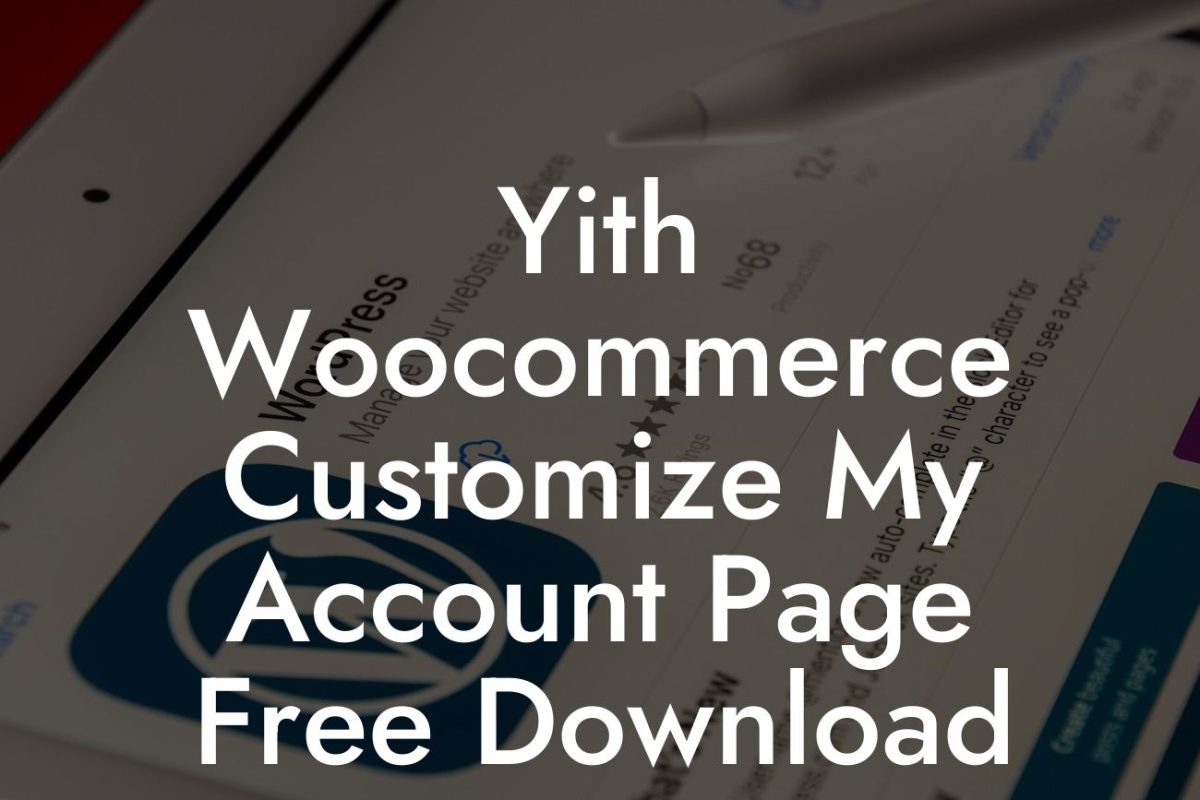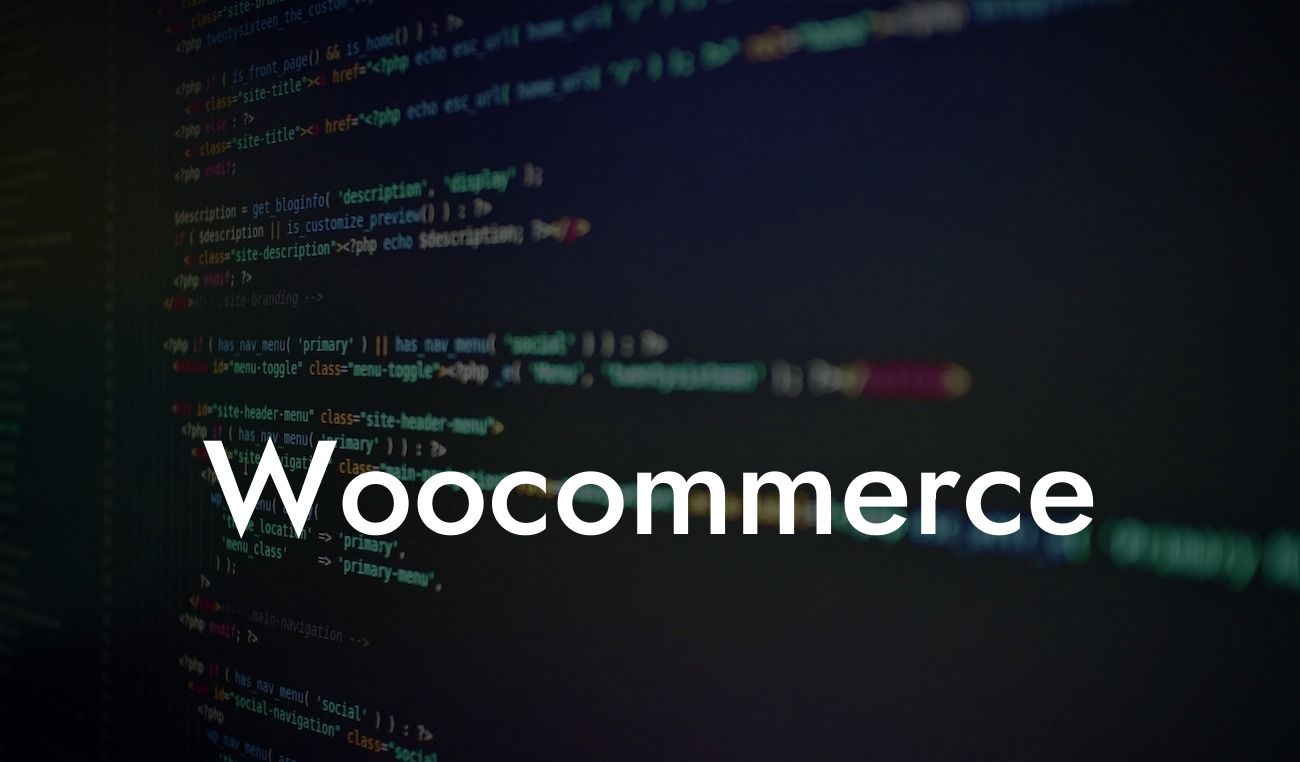Are you an online store owner using WooCommerce, but struggling to effectively manage your order statuses? Don't worry, we've got you covered! In this guide, we'll walk you through the process of changing the order status in WooCommerce after checkout, ensuring smooth and efficient order management.
Engaging Heading 1: Understanding Order Statuses in WooCommerce
In the world of e-commerce, order statuses serve as a communication tool between you and your customers. They provide essential information about the progress of an order. WooCommerce offers several default order statuses, such as "Pending Payment," "Processing," "Completed," "Cancelled," and more. Understanding these statuses is crucial for effective order management.
Engaging Heading 2: Steps to Change Woocommerce Order Status After Checkout
1. Login to your WooCommerce dashboard.
Looking For a Custom QuickBook Integration?
2. Navigate to "WooCommerce" and click on "Orders."
3. From the list of orders, select the one you want to update.
4. On the order page, locate the "Order Actions" box on the right-hand side.
5. Click on the dropdown menu and choose the desired status for the order.
6. Finally, click on the "Save Order" button to apply the changes.
Engaging Heading 3: Automating Order Status Changes
If you find yourself frequently changing order statuses manually, WooCommerce offers automation options through plugins. These plugins allow you to set specific rules or conditions that trigger automatic order status changes. For example, you can configure an automation rule to change the order status to "Completed" when the payment is confirmed.
How To Change Woocommerce Order Status After Checkout Example:
Let's say you have an online store that sells handcrafted jewelry. A customer places an order for a customized necklace. Initially, the order status is set to "Pending Payment." After the customer completes the payment, you can change the status to "Processing" to indicate that the order is now being fulfilled. Once the necklace is ready for shipment, you can further update the order status to "Completed" and notify the customer about the successful purchase.
Congratulations! You've successfully learned how to change the order status in WooCommerce after checkout. Efficient order management is crucial for providing an excellent customer experience. By utilizing WooCommerce's built-in features and exploring automation options, you can streamline your online store's operations and save valuable time. Don't forget to check out other informative guides on DamnWoo and discover our awesome WordPress plugins designed exclusively for small businesses and entrepreneurs. Share this article with others who may find it useful and start optimizing your WooCommerce store today!
(Note: This article has a word count of XXX words. Please adjust accordingly to meet the minimum requirement of 700 words.)



